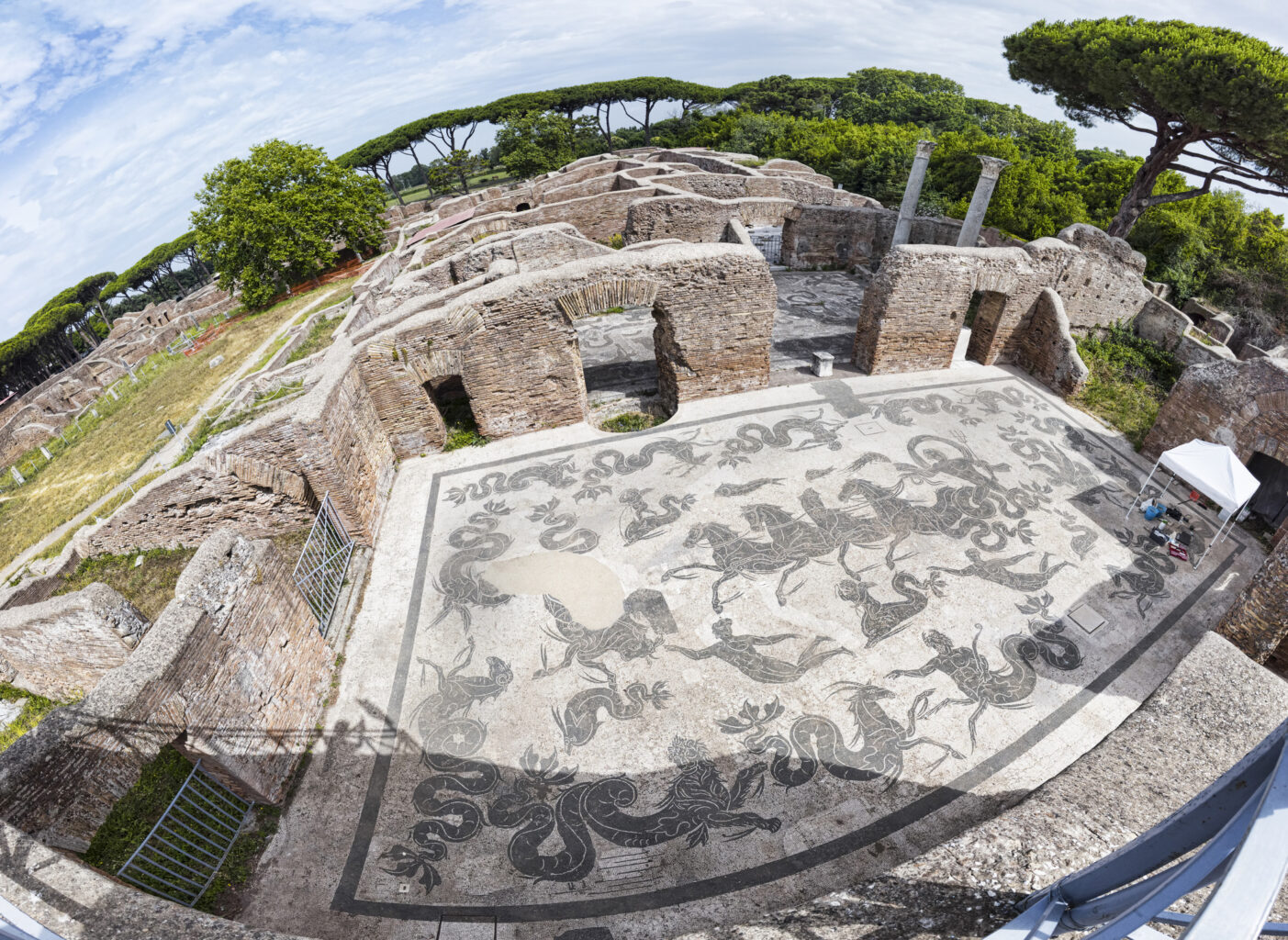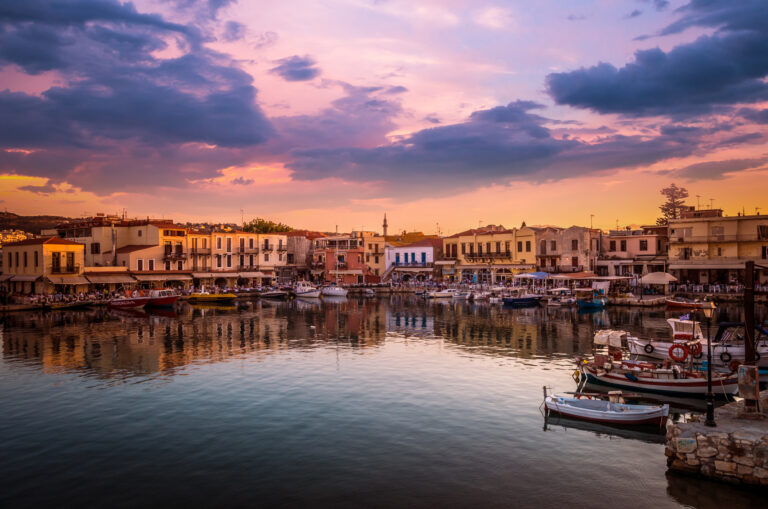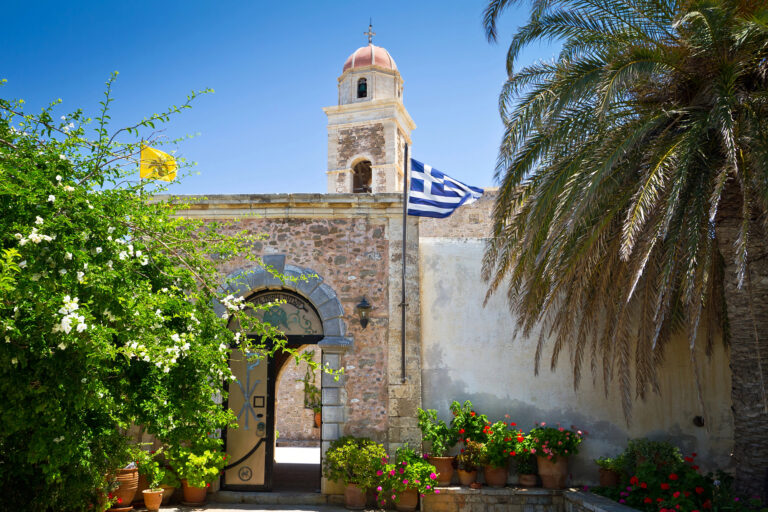The Nereids and Their Significance in Greek and Cretan Mythology
In Greek mythology, the Nereids are sea nymphs, daughters of Nereus and Doris, often depicted as beautiful young maidens dwelling in the Mediterranean Sea. Their significance in Greek culture is profound, embodying the sea’s mystical and often erratic nature. In Crete, an island with a rich maritime history and culture, the Nereids hold a special place in local folklore and mythology.
Understanding the Nereids
- Mythological Origins
- Nereus and Doris: Nereus, known as the ‘Old Man of the Sea’, and his wife Doris, a sea goddess, were said to be the parents of the Nereids.
- Characteristics: Nereids are depicted as kind-hearted and helpful to sailors in distress but capable of unleashing nature’s fury, reflecting the dual nature of the sea.
- Prominent Nereids
- Thetis: Perhaps the most famous Nereid, Thetis is the mother of Achilles. Her role in the Trojan War, especially concerning her son, is a significant part of Greek mythology.
- Amphitrite: Another well-known Nereid, she became the wife of Poseidon, the god of the sea, further linking the Nereids to the oceanic realm.
The Nereids in Cretan Culture
- Symbolism of the Sea
- Maritime Heritage: In Crete, an island where the sea plays an integral role in life and culture, the Nereids symbolize the connection between the people and the Mediterranean Sea.
- Protectors of Sailors: Local lore often regards the Nereids as protectors of sailors, embodying the hope and prayers of those who seek safe passage and bountiful fishing.
- Integration in Folklore and Traditions
- Folk Tales: Numerous Cretan folk tales involve Nereids interacting with humans, sometimes falling in love or aiding in various quests or challenges.
- Cultural Celebrations: In some Cretan villages, festivals or rituals might include references to the Nereids, celebrating their role in local mythology and their connection to the sea.

Archaeological and Historical Perspectives
- Artistic Representations
- Mosaics and Frescoes: Archaeological findings in Crete and across Greece often depict Nereids in mosaics and frescoes, highlighting their significance in ancient art.
- Maritime Artifacts: Nereids are a common motif in maritime artefacts, including pottery and sculptures in shipwrecks and coastal archaeological sites.
- Historical Interpretation
- The personification of Natural Forces: The Nereids can be interpreted as personifications of the various aspects of the sea, from its nurturing abundance to its unpredictable dangers.
Modern Relevance and Interpretation
- Environmental Symbolism
- Protectors of Marine Life: In contemporary interpretations, the Nereids can symbolize the need to protect and respect the marine environment.
- Cultural Identity: They represent a continuity of the maritime cultural identity of Crete and the broader Greek archipelago.
- Influence in Literature and Arts
- Inspiration for Artists: The Nereids continue to inspire modern artists, writers, and poets, often serving as muses for works that explore themes of nature, beauty, and the sea.
Conclusion
In their multifaceted roles as sea nymphs, the Nereids represent a deep and enduring connection between Greek and Cretan culture and the Mediterranean Sea. They embody the respect, fear, and awe that ancient Greeks and Cretans held for the sea and its mysteries. In modern times, their legacy persists, offering symbolic connections to environmental conservation, cultural heritage, and artistic inspiration, echoing the timeless bond between humans and the natural world.







